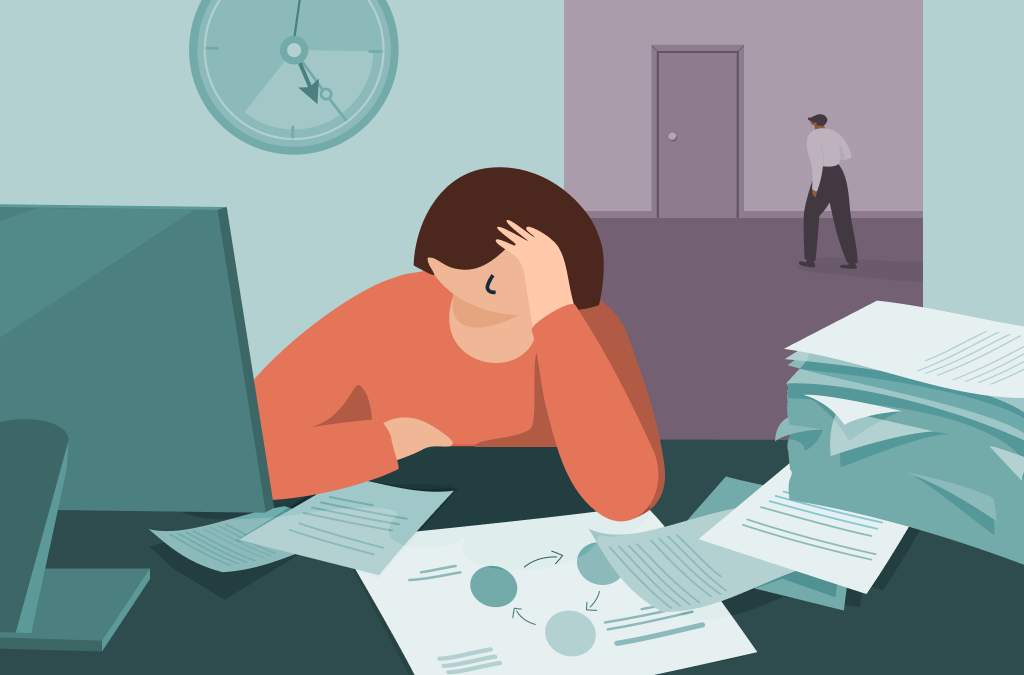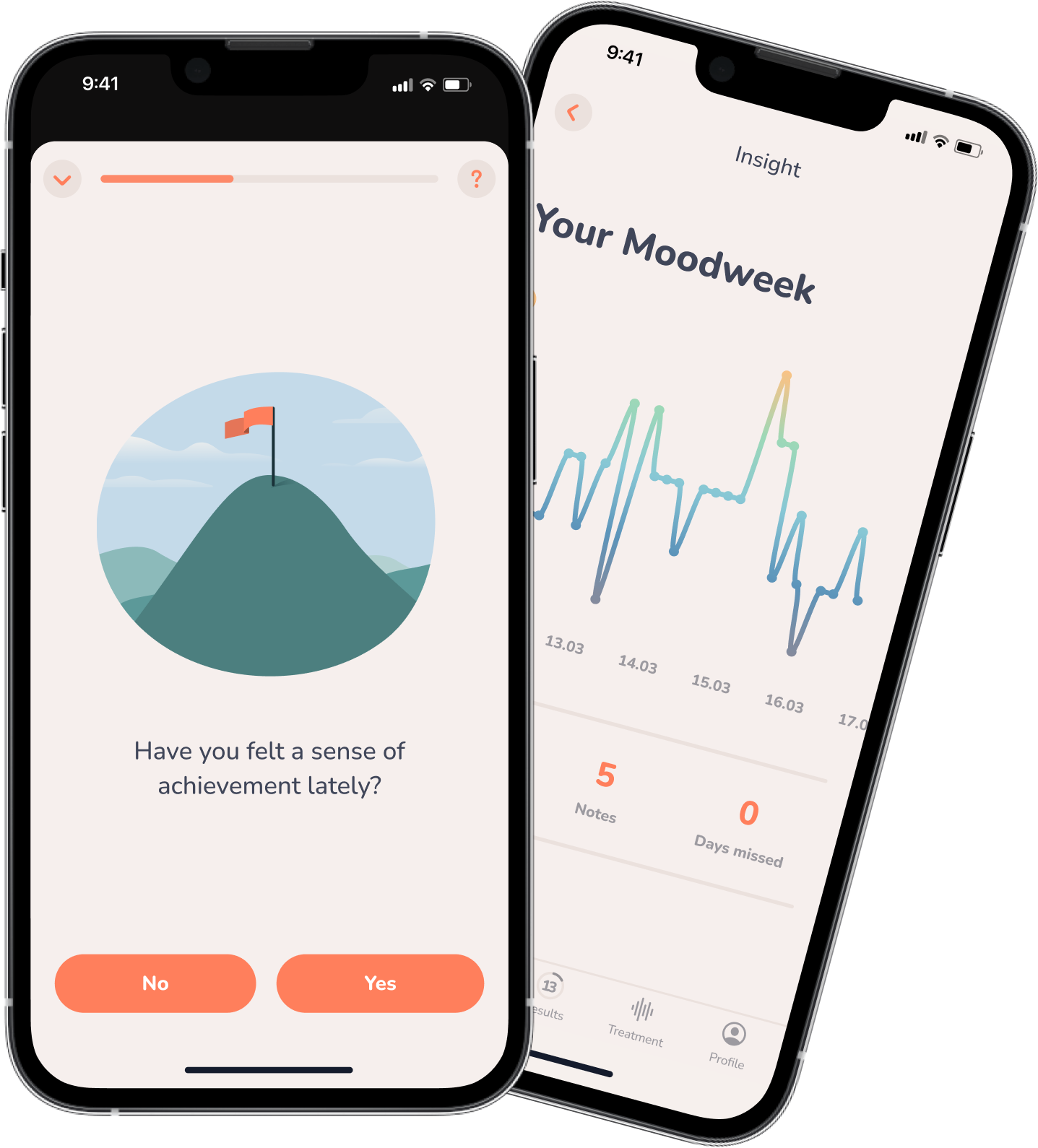Insight
Summer, Sun, and the Pressures to Be “Beautiful”
Summer is here. The days are longer, the clothes scarcer, swimming and other outdoor activities more common—welcome, once again, to the pressures of the “body beautiful.” Nearly everywhere you turn are images of seemingly “flawless,” slim women and “perfect” muscular men. Influencers, ads, shows all seem to emphasize body shape and appearance again and again. Understandably, many people end up comparing themselves to these promoted ideals and feeling insecure, dissatisfied, and willing to put themselves through all kinds of machinations to get their own bodies looking more like these manufactured images. This article takes a look at how beauty ideals are created and what you can do to protect yourself from harmful influences.

When Bodies Become a Trend
Ideals of beauty are cultural constructs and, as such, differ from place to place and have also changed throughout the long arm of history. In Baroque Europe (c. 1585 to 1730 CE), for example, corpulent bodies were considered especially attractive. Those who could afford them wore special hip and calf pads to give the illusion of the ideal. In ancient Japan (prior to 1870), blackened teeth were considered desirable. In twentieth century Senufo culture of West Africa, ideals of feminine beauty were small, oval faces and raised scarification patterns as reflected in the “beautiful lady” masks made for age-grade initiation societies. Masculine ideals were showcased in helmet masks with large and fierce features.
In other words, what is considered beautiful is relative to culture, place, and time. And those who reflect the image of beauty within the culture tend to enjoy benefits that “less beautiful” others do not. Not everyone in a society can be considered beautiful of course, and this scarcity helps create desire. Today, advertisers and other promoters exploit this desire to be desirable as a way of bringing in more dollars and views. Ads, vlogs, and shows help foster the notion that “if only” a person were more beautiful, they’d be happier. So, people invest time, money, and effort for slimmer waists, larger muscles, fuller hair, firm and smooth skin, etc., and the industries that promise to help someone get closer to these ideals are booming.
The Danger
That so many suffer emotionally in their pursuit of a perfect body is not talked about enough. Someone with a very light complexion and freckles will never have a deep, dark tan no matter how much money they pour into trying. Or, someone with a naturally large frame will never have a tiny frame no matter what and how little they eat. In other words, whatever the beauty ideals of the moment, they will always be unrealistic for many people. But if the ads, feeds, and shows are to be believed, beauty is the result of spending and effort. Following this logic then, if someone is disappointed in how they look, it’s because of some shortfall of their own—they lack self-discipline, are unable to make enough money, or whatever it is. The problem, though, is that such beliefs are poison for self-esteem and can set in motion a vicious cycle. The more someone tries comparing themselves to an unrealistic ideal, the worse they feel about themselves. The worse they feel, the more they invest in changing themselves and when they still don’t attain the idea, the more they believe the fault lies within themselves. In the extreme, such ways of thinking can lead to disordered eating, excessive exercise, and/or enormous expenditures of money and time.
How to Protect Yourself
Unless you’re, say, a model by trade, you’re probably better off not trying to look like one. The next time you find yourself thinking that your life would be much better if you weighed less, had more radiant skin, shinier hair, or bigger muscles, take a step back and think about what would really change if you could have these attributes. In your daily life. In your interactions with friends and family. At work. In your free time. And then ask yourself if it’s really worth the effort.
Taking a break from fashion magazines or similar types of input can also help you create some distance. Check who you follow on social media and note how you feel when you see their posts. If the answer is inadequate in some way, delete them from your feed.
Take a closer look around you as well. Do you find yourself comparing the way you look to those you encounter in your day-to-day? If so, which bodies do you tend to notice? Where can you find beauty in the imperfect? What can you appreciate about the people around you aside from their physical appearance? Maybe their warmth? Sense of humor? Kindness?
And then take a friendly look at yourself. Is there perhaps a characteristic about you that makes you special and individual? Looking for what you like rather than what you don’t helps deflate the inner critic.
Remind yourself regularly that each person—including you—is so much more than their outer appearance.

Psychological Needs in the Workplace: How to Meet Them
Deadlines, conflicts, pressure to perform—many people grapple with stressors at work. The extent to which these weigh on someone depends in large part on whether psychological needs are being met at work.

High-Functioning Depression: The Hidden Suffering
When people think of depression, usually intense sadness, low energy, social withdrawal, difficulty getting out of bed, and managing daily life come to mind. But this is not always the case.

Obsessive-Compulsive Disorder: When Thoughts and Actions Become Torture
In this article, we explore what characterizes such thoughts and behaviors as well as how they can be treated.

Bullied at Work—Here’s What You Can Do!
In this article, we look at the nature of workplace bullying, its causes and consequences, and what you can do if you are being bullied at work.



